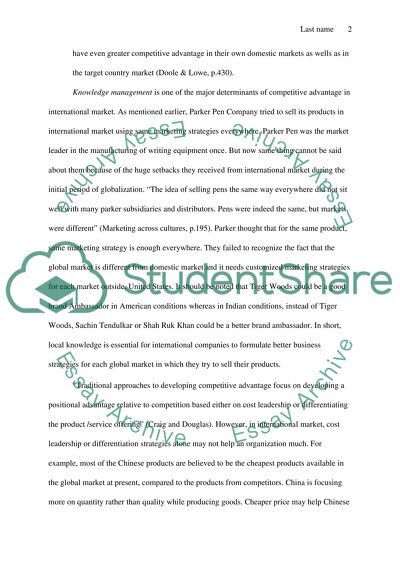Cite this document
(“The Determinants of Sustainable Competitive Advantage in International Research Paper”, n.d.)
Retrieved from https://studentshare.org/marketing/1430651-the-determinants-of-substainable-competitive
Retrieved from https://studentshare.org/marketing/1430651-the-determinants-of-substainable-competitive
(The Determinants of Sustainable Competitive Advantage in International Research Paper)
https://studentshare.org/marketing/1430651-the-determinants-of-substainable-competitive.
https://studentshare.org/marketing/1430651-the-determinants-of-substainable-competitive.
“The Determinants of Sustainable Competitive Advantage in International Research Paper”, n.d. https://studentshare.org/marketing/1430651-the-determinants-of-substainable-competitive.


